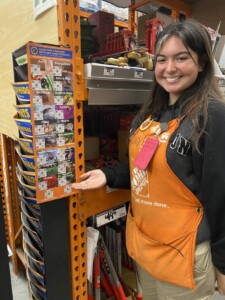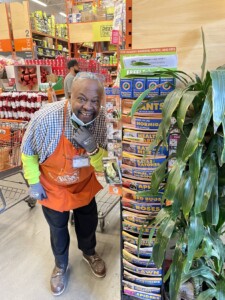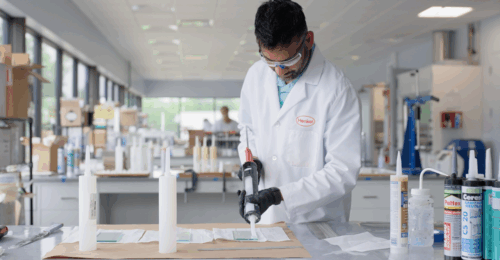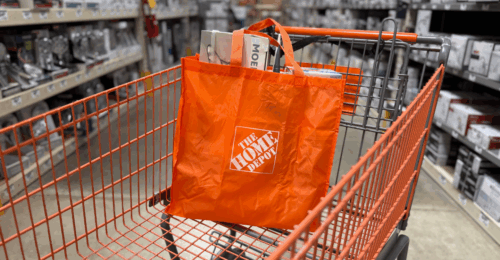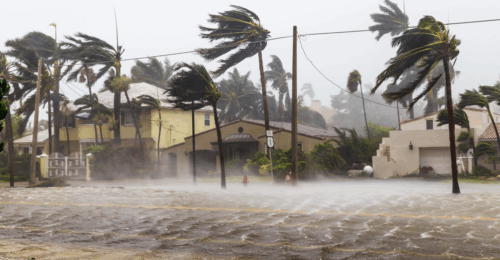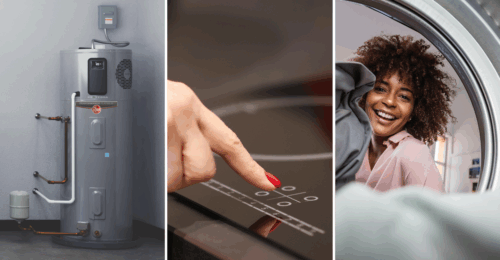Everything we put into the earth affects our ecosystem, and that’s especially true when it comes to gardening and managing any pests that might be in the mix.
This month, we talked to Suzanne Bontempo. Suzanne is the program coordinator for Our Water Our World (OWOW), an award-winning partnership between city- and county-based water pollution prevention agencies and numerous garden centers and hardware stores that sell pest control products in California. When we sat down with Suzanne, we asked her to give us some insight into the OWOW program, how they reach associates and customers alike, and what the future looks like.
 EA: What is the main purpose of Our Water Our World (OWOW)?
EA: What is the main purpose of Our Water Our World (OWOW)?
SB: The program is a public educational program focused on promoting a clean water message but within the realm of gardening and pest management. We work with associates to help them understand how active ingredients in pesticides function and how to interpret pesticide labels effectively. Instead of relying on brand names, we emphasize looking at the active ingredient to assess its impact on water quality and its safety around children and pets.
Education plays a vital role in our program. We aim to solve pest problems not by resorting to pesticides, but by offering alternative methods. For example, we can guide customers and associates on effective rodent management. While we can discuss using traps, we also emphasize exclusion techniques like using quarter-inch hardware cloth, sheet metal roof flashing, or other materials to prevent rodents from gnawing on garage doors or other vulnerable areas. This approach gets associates excited because we haven’t even talked about pesticides yet, and there are still effective pest management tools available.
EA: How did the OWOW program start? And how did you become involved in it?
SB: The Our Water Our World program’s roots began in the late ‘80s in the San Francisco Bay Area. The owner of Hassett’s Hardware, Larry Hassett, who played a significant role in its establishment, saw a disconnect between how people purchased and used pesticides. His goal was to create a program that emphasized the connection between pesticide use, water quality and environmental impact, particularly on waterways. OWOW officially began in 1998 with a regional IPM (Integrated Pest Management) partnership. It was created as a collaboration among regional and local water pollution prevention agencies in eight Bay Area counties.
I’ve been in this industry for a long time, and early on, my first bosses were a group of people who practiced sustainable gardening methods like IPM. I thought this approach was common practice until I joined a retail nursery management team. It was there I noticed how many professionals were quick to resort to pesticides without understanding the underlying causes of pest issues, such as plant stress due to irrigation problems, synthetic fertilizers or improper planting depth.
At a trade show, I attended a conference where Annie Joseph, who previously managed this program for 25 years, was speaking. Her ideas and approach resonated with me deeply. I connected with her at subsequent events and became more involved in the industry, eventually becoming the program coordinator after Annie retired.
EA: What is IPM, and why is it so important to OWOW?
SB: IPM involves a systematic approach to pest control. It begins with proper identification of the problem and employing various controls or action steps to manage pests: Cultural controls focus on improving the environment’s health, whether indoors or outdoors; mechanical or physical controls use tools like barriers, traps and hand-pulled weeding tools; biological controls introduce living organisms, such as ladybugs, birds, local lizards and grazing animals to manage pests naturally; and then there are chemical controls or pesticides, which should be used as a last resort. Prevention involves implementing measures to avoid future pest problems, such as using gopher baskets to protect root zones or installing deer fences.
IPM is a science-based system of management that aims to manage pest problems effectively. We don’t push an agenda or enforce radical changes. Instead, we meet people where they are and provide support without judgment. If someone wants to buy a product that we see as potentially harmful, we ensure they are aware of the risks and how to use it responsibly.
EA: How do you educate the public?
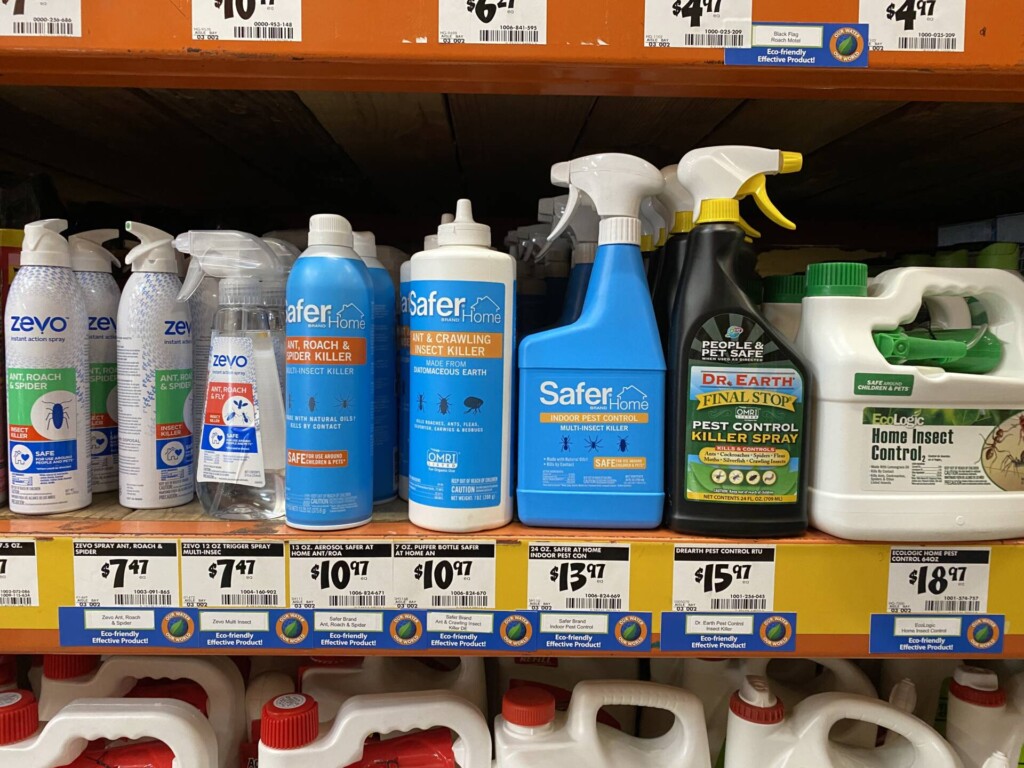 SB: We have various methods. First, we use point-of-purchase materials in Home Depot stores, like shelf talkers, to identify products that are better for the environment. We also provide fact sheets on our website that cover common pest problems, such as ants, aphids, cockroaches, rats, mice and weeds.
SB: We have various methods. First, we use point-of-purchase materials in Home Depot stores, like shelf talkers, to identify products that are better for the environment. We also provide fact sheets on our website that cover common pest problems, such as ants, aphids, cockroaches, rats, mice and weeds.
To keep associates updated, we conduct annual training classes scheduled in coordination with store management, keeping regional differences in mind. We maintain close contact with stores to provide support and seasonal handouts, and we tailor our guidance to address the current pest challenges. For instance, during hot weather, we emphasize proper watering techniques, mulching and using shade cloth to protect plants from excessive heat.
Additionally, through our outreach efforts, we reached around 15,000 people. This includes providing educational webinars for the public and participating in events like Earth Day. In-person events have been well-received, and we have also made webinar recordings available for viewing.
EA: How many associates have you been able to educate through OWOW?
SB: This year has been particularly exciting, as throughout the 280 stores we are partnered with, we have trained almost 1,000 associates.
EA: Have you learned any lessons while working in this program that you’d like to share?
SB: Absolutely. Through my experience in the floral and retail nursery industry, I’ve come to love working in the retail environment and assisting people, especially the associates, to gain more confidence and grow both professionally and personally. One significant lesson I’ve learned is that people genuinely want to make the right choices but often lack awareness about the impact of their decisions on the environment, particularly waterways.
EA: What would you like to see for the future of your program?
SB: I envision our program expanding its reach to be present in every retailer across California. Making this vision a reality may pose challenges, but it’s a goal worth pursuing. I want Our Water Our World to become a recognizable and trusted name, where people know they have alternatives and choices beyond the conventional products their parents or grandparents used.

